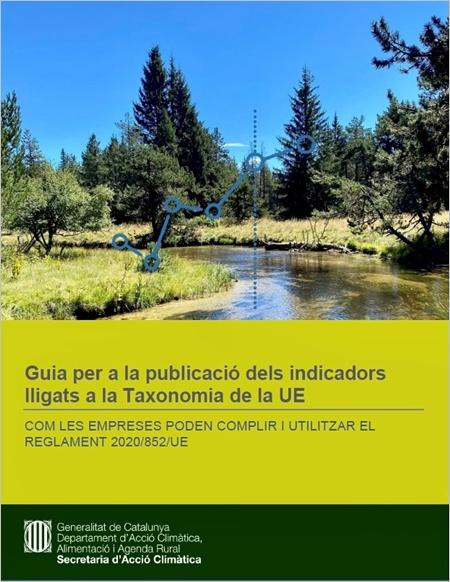The EU taxonomy is a classification system establishing a list of environmentally sustainable economic activities that will help to meet the EU’s climate and energy targets for 2030 and achieve the European green deal objectives. As such, the EU taxonomy establishes appropriate definitions of which economic activities can be considered environmentally sustainable.
For an economic activity to be identified as environmentally sustainable, it must contribute to the achievement of certain environmental objectives. The Taxonomy Regulation establishes six environmental objectives:
To assess the environmental sustainability of Cellnex's economic activity, a study was conducted on the following services, in which more specific economic activities were identified:
Once the business activities were identified, to determine which were potentially eligible, a revision was undertaken of those included in the list of Taxonomy activities, specifically those listed in the Climate Delegated Act (Mitigation and adaptation). The following indicators were established on this basis:
Cellnex has not calculated the eligible Operating Expenditures (Opex) indicator based on the Taxonomy as it is not considered material for the business.
On January 1, 2023, all the disclosure of the Taxonomy for the objectives of Mitigation and Adaptation entered into force, forcing reporting based on Annexes I and II of the Delegated Act of Article 8 (2021/4987/UE) . Therefore, it is obliged to report the alignment as well as the eligibility of the economic activities at the level of financial data, and the quantitative and qualitative verifications for technical selection criteria, DNSH and minimum guarantees.
To assess the level of alignment by activity, the following criteria were took into account:
These points must be met simultaneously for an activity to be considered environmentally sustainable. To analyse the degree of alignment of each activity, an eligibility screening was first carried out and then a verification of compliance with the criteria for Do Not Significant Harm (DNSH), minimum guarantees and Technical Screening Criteria (TSC).
To ensure a correct alignment analysis, Cellnex has exhaustively examined these criteria and points, working in parallel to meet each of the points that the alignment process marks. Based on that, an extraction of financial indicators according to the methodology of the Delegated Act of Disclosure was performed.
Cellnex has adopted a conservative approach when reporting eligibility and alignment based on the Taxonomy. Cellnex has avoided forcing definitions of activities that are not clearly defined as sustainable. Consequently, the degree of eligibility is low, similar to last year's. Of the total operating income, 8.27% is established as eligible based on the taxonomy. 13.60% of this 8.27% is considered aligned, being a 1.13% of the total operating income.
On the other hand, 1.15% of the Capex is considered eligible. 9.09% of this 1.15% is considered aligned, being a 0.10% of the total Capex.
Cellnex assumes as its purpose to improve the degree of alignment of the company to the technical selection criteria and DNSH principles of its eligible activities. As well as to maintain those classified as aligned during 2022 and to improve the methodologies and procedures for the development of applicability and usability of the EU Taxonomy.
Annex 7 provides further details of the EU Taxonomy analysis performed by Cellnex.
|
Operating income eligibility
|
CAPEX eligibility
|
|
Operating income alignment
|
CAPEX alignment
|


In 2022 Cellnex was recognised as a benchmark company for its Taxonomy disclosure in the 2021 Integrated Annual Report. As a result, Cellnex was included in the Catalan Government's Guide to publishing EU Taxonomy indicators. This guide aims to provide companies that are required or choose to report their alignment to the EU Taxonomy with an explanation of the methodology to be used, explain the importance of reporting on the Taxonomy and share reporting Best Practices. Cellnex was distinguished for three aspects, (i) transparency in the justification and presentation of results, (ii) accuracy in the use of the taxonomy regulation and its delegated acts, and (iii) efforts undertaken to obtain detailed data on all the activities and the countries that make up the perimeter of a company.
Uso de cookies
Utilizamos cookies propias y de terceros para analizar nuestros servicios y mostrarle publicidad relacionada con sus preferencias. Pulsando “Configurar” puede seleccionar las cookies que se instalarán en su dispositivo. Pulsando “Aceptar” consiente su instalación y el uso de todas las cookies que utilizamos. Puede obtener más información aquí.
ACEPTAR COOKIES Configuración de cookies